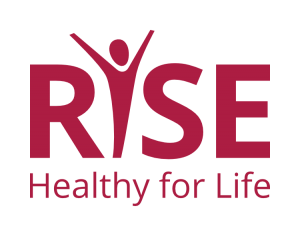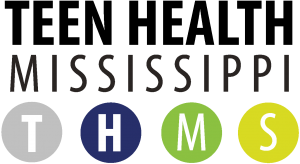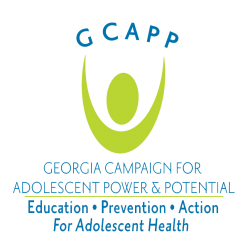This facilitator training enables facilitators to provide excellent sexual health education to youth and adults AND to "stellarize" other curricula so it is more affirming, accessible, and trauma-informed while adhering to local and state restrictions. This facilitator training includes strategies for guiding a well-rounded exploration of whole people, especially when cultural norms might challenge scientific and psychological reality.
Learn how to facilitate in ways that are intentionally trauma-informed, antioppressive, and accessible to people with various learning styles and abilities. Stellar Sex Ed facilitator training can help facilitators of any curriculum, even in strictly regulated Tennessee public schools, create a more trauma-informed, inclusive experience for students.
-
Learn how to engage participants' imagination and actively encourage exploration and curiosity.
-
Find out what curriculum, facilitator, and administration characteristics enhance racial equity in sex ed--and why that is important.
-
Learn to think about human inner and outer space from new perspectives, free from shame and fear tactics.
RISE recommends at least two facilitators work together on any workshop or class, so if your organization is considering sending one facilitator trainee, please consider sending two or collaborating with another organization. Let us know at RISE if you might need cofacilitators—we love collaborating!



